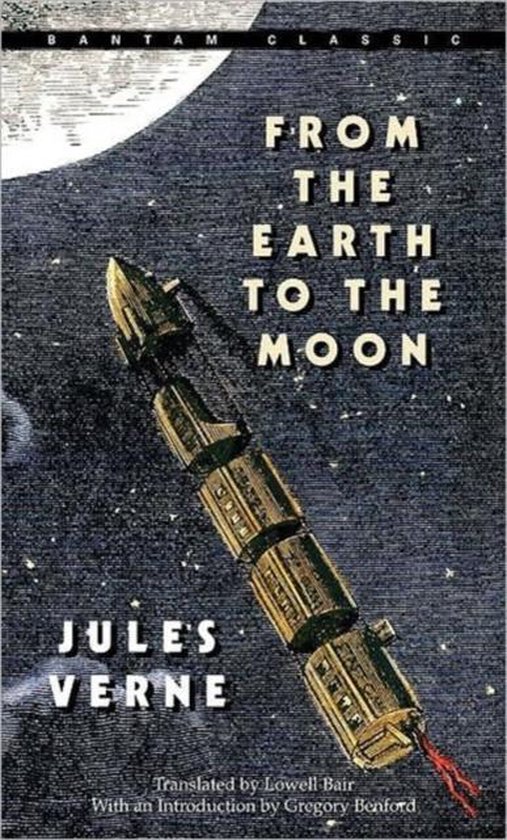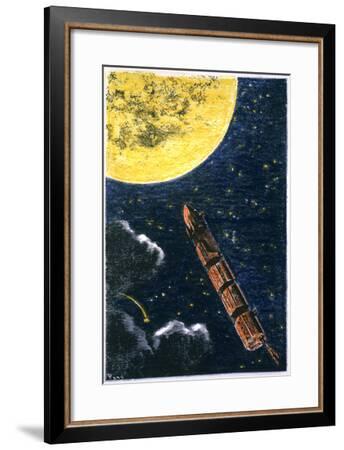
The novel is the story of an inventor named Barbicane, living after the end of the American Civil War who devises an enormous canon to shoot a bullet from to the moon from a small town in Florida. Despite the brilliance and vision of these illustrations, it is for a wholly more terrestrial image for which Bayard is best known today - a sketch of the sad-eyed Cosette sweeping, which he completed for the original edition of Victor Hugo’s Les Miserables (1865), and which for the last four decades or so, Tricolour-infused, has adorned playbills and theatre hoardings the world over in service of Claude-Michel Schönberg's hugely popular musical, "Les Mis". From the Earth to the Moon was written almost 100 years before man finally stepped foot on the moon, a mixture of early sci-fi and adventure book that has truly imaginative elements alongside Jules Verne's very scientific mind. 'From the Earth to the Moon' is a novel written by Jules Verne in 1865. The set of images - arguably the very first to depict space travel on a scientific basis - were the work of the French illustrators Émile-Antoine Bayard and Alphonse de Neuville, though its the former's contributions, which depict scenes involving space, which we've focused on for this post. Not only were they rewarded for their patience by a fine continuation of the space adventure (which we won't spoil by describing here), but also with the addition of a superb series of wood engravings to illustrate the tale.


Readers of Jules Verne's early science-fiction classic From the Earth to the Moon (De la terre à la lune) - which left the Baltimore Gun Club's bullet-shaped projectile, along with its three passengers and dog, hurtling through space - had to wait a whole five years before learning the fate of its heroes.


 0 kommentar(er)
0 kommentar(er)
